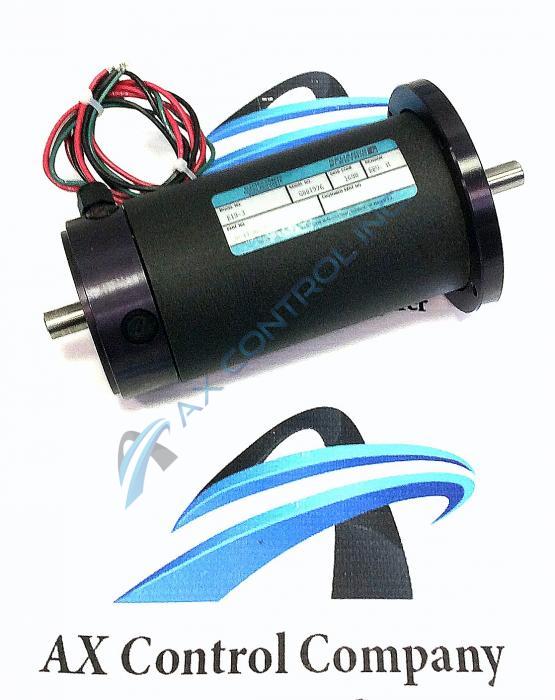Knowing how to calculate motor RPM can be invaluable when choosing a motor for your industrial application. Along with torque, voltage, and power, this measurement will help you understand how to find the correct motor for your needs.
Electric motors have three main parts: the stator, the rotor, and the commutator, although this can vary by manufacturer. The stator, which is stationary, is magnetized. The rotor, which sits inside the stator, is made of copper wire coils around a rotating axle. Current flowing through the copper wires creates a magnetic field. This interacts with the magnetic stator and causes the axle to spin. The commutator, a metal ring, ensures the motor can only spin in one direction during this process. Without it, the axle might only make a half-turn and then bounce back to its starting position.
What is Motor RPM?
RPM stands for revolutions per minute. It is a measurement of the rotational speed of the motor shaft. If you’re into vintage or were born before 1975, you might remember records were marked 33 RPM, 45 RPM, or 78 RPM.
RPM in a motor changes according to several factors, but primarily RPM in an AC motor will be set by the frequency of the supply power line and the number of poles in the motor wiring. In a DC motor, RPM is controlled by turns on the armature, operating voltage, and the magnetic flux linkage strength.
How to Calculate Motor RPM
RPM, or motor speed, can be expressed as a function of supply voltage frequency and motor poles. Here’s the equation:

However, AC motors have three kinds of motor RPM calculations you should know. This includes no-load RPM, RPM slip, and full-load RPM. Here are those equations:



Why is Motor RPM important?
Motor RPM helps to determine power output from the motor. If you don’t know the power of a motor, how will you be able to determine if it’s up to performing your task? Additionally, understanding motor RPM will help you understand torque speed curves, which is a common part of DC motor technical guides.
Need help repairing your AC or DC motor? We do that.
AX Control maintains a large, on-hand inventory of Eurotherm AC and DC drives. Our team can help you find the right one for your needs. Look at our online inventory, or reach out to our sales team today.


You must be logged in to post a comment.